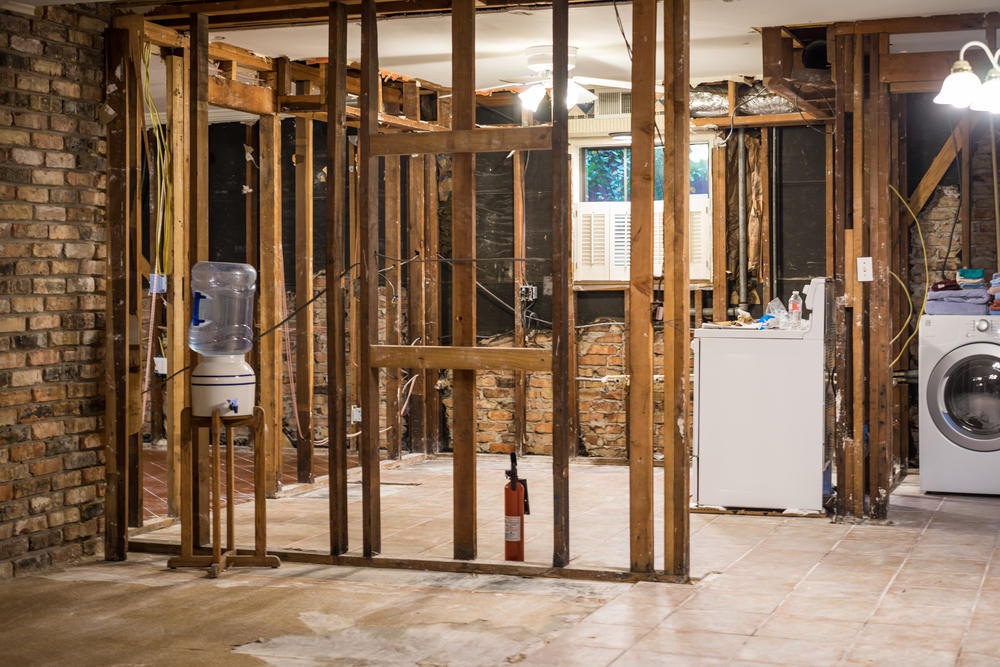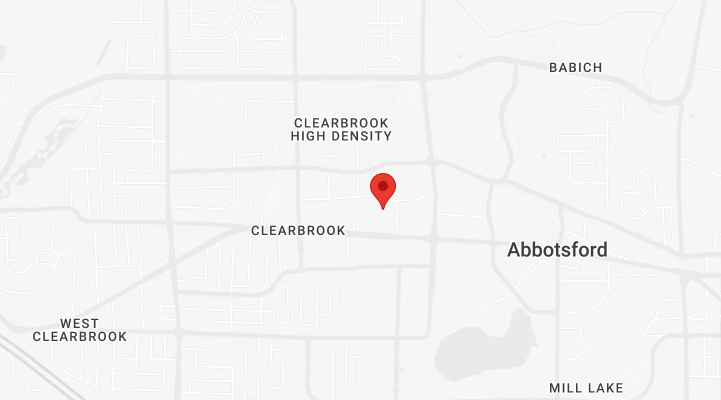The PuroClean Blog
How to Save Your Home after Flooding: Tips for Homeowners

Flood incidents are, without a doubt, a homeowner’s nightmare, affecting thousands of Canadians each year. The main flooding causes are natural disasters, unforeseen accidents, or poor home maintenance. Here are essential home flood damage repair tips to help homeowners get their homes and lives back together after a flood.
Tips for home flood damage repair
- Immediately calling the insurance agent — Nothing should be thrown out until the insurance professional has inspected it.
- Creating an inventory of the damaged or lost items — Homeowners should file the flood insurance claim. That often includes lists of damaged items, photos, the policy number, name of the insurance company, and contact information.
- Avoiding direct contact with floodwater — it’s most likely contaminated. Also, if sewage is backing up in the shower or toilet, the main sewer line must be clogged or broken. In that case, using sinks or toilets should be avoided and the utility company must be contacted immediately.
- Checking for damage to the home — outside and inside. Hazards, such as fallen power lines, should be avoided. Standing water may also be electrically charged from damaged power lines.
- If utilities are damaged, they should be shut off immediately if safe.
Here’s how to shut off utilities safely
-
- Water – To shut off all water to the home, first locate the master valve. It’s usually the basement, garage, near the water heater, or even outside the home.
- Electricity – Locate the main circuit box that’s mounted on a wall, typically in the basement. But ensure it’s safe to enter the basement first and bring a flashlight. Then, turn off the main switch in the panel to shut off all electricity in your home. If there are frayed electrical wiring or sparks, call the utility company immediately.
- Gas – First, locate the shutoff valve on the riser pipe from the ground to your meter. If the meters are newer, the valve could be on the service line going from your meter into the house. To close the valve, an adjustable pipe or crescent-type wrench might help.
- Once the utilities are shut off, local authorities should be called. They’ll let homeowners know when it’s safe to turn utilities back on.
- To help save the flood-damaged home and contents, standing water needs to be removed and the area should be dried immediately.
- Depending on the type of floodwater, the type of contents, and how long they have been soaked, flood-soaked, porous contents like walls, carpet, or furniture can be either restored or discarded.
- Salvageable contents must be immediately disinfected and dried to prevent mould growth. Mould can grow within the first 24-48 hours after a flood!
- Flood cleanup is a complicated process that requires specialized knowledge and equipment, such as low-grain refrigerant dehumidifiers and high-capacity air movers. It consists of moisture level reading and monitoring, water extraction, drying, disinfection, and deodorization.
For professional home flood damage repair, contact PuroClean now!
For home flood damage repair, it’s best to hire a professional restoration company that can quickly and efficiently perform the job. Our PuroClean professionals are highly trained in property damage restoration. They respond immediately to minimize the impact of the loss.
April 3, 2020


